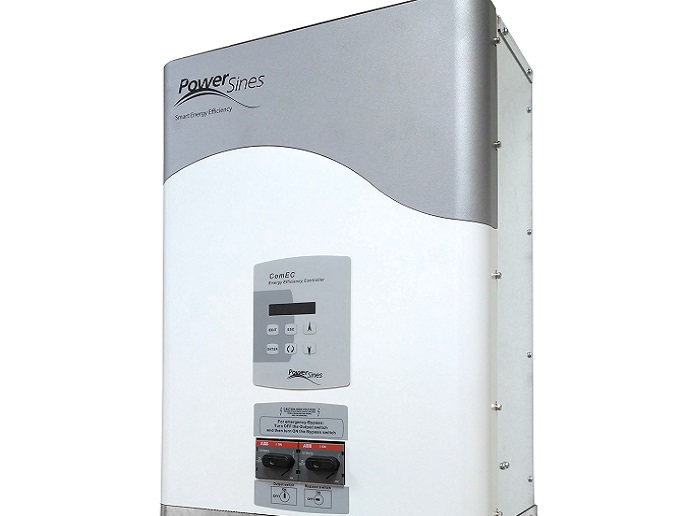High efficiency waveguides for reliable optical communications
In exploiting high quality sol-gel technology, ridge and planar waveguides were developed that may potentially find numerous applications in telecommunication and information processing. They have also proven the enormous capabilities of the sol-gel method for fabricating inorganic-organic hybrid material systems aimed to be used for waveguides. The project also resulted in a highly specialised optoelectronic module with increased connectability for fibre ribbon, parallel optical interconnects. This module is capable of efficiently integrating thick multi-mode sol-gel wave-guides. With the aid of this module suitable optical coupling between the optoelectronic chip using either a VCSEL or a photodiode array and the fibre ribbon is effectively implemented. Without relying on the communication standard used for the global optical communication, it may simply convert the electrical signal to optical signal. For the purposes of characterisation of the produced optical wave-guides, an advanced opto-mechanical bench was also developed. This versatile tool features a scan head, 3D intensity distribution and power measurement to quantify injection and propagation losses. Using an ultra-high, precision 3-axes mechanical stage, it provides reliable and accurate numerical aperture measurement and realises a fine tolerance for injection and fibre-optic to wave-guide coupling. The control and monitoring of both data acquisition and moving stages are performed with computers. Its multi-wavelength option, makes it ideal for characterisation of other micro-optical components, such as diffractive optical elements often present in parallel optical interconnects.







